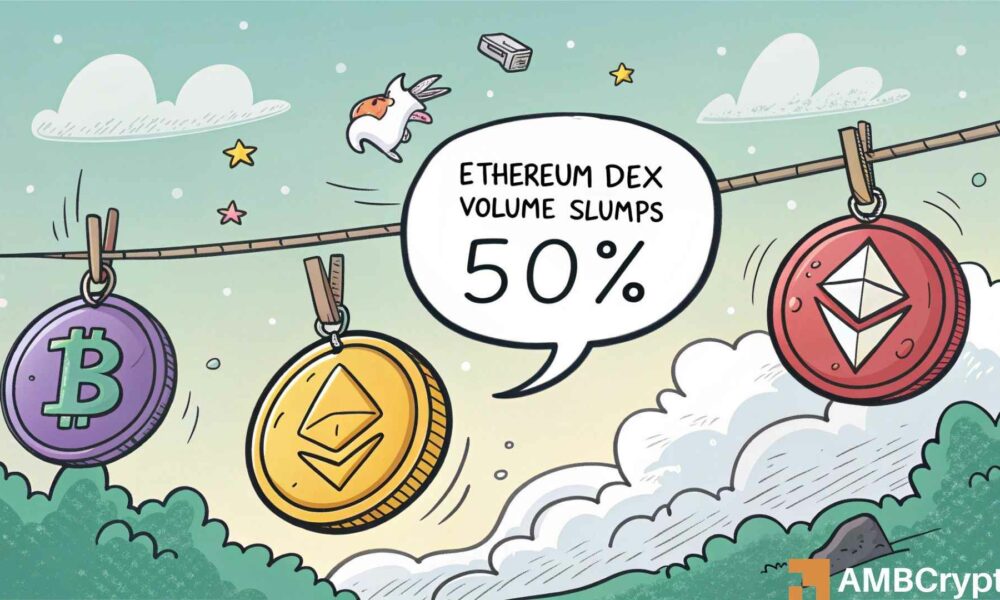Rise of AI-Driven DEX Trading Strategies: Liquidity Optimization Engines Cover 65% of Major Platforms
Artificial intelligence is reshaping DEX trading strategies, with AI-powered liquidity optimization engines now covering 65% of major platforms. These smart engines analyze real-time market data to optimize trade routes and improve capital efficiency. This article explores the application scenarios, technical implementations, and the impact of AI on trading efficiency and user experience in DEXs.
AI Empowering Decentralized Trading

As DeFi continues to grow, decentralized exchanges (DEXs) have become vital platforms for crypto trading. However, traditional DEXs suffer from inefficiencies like high slippage, slow on-chain execution, and complex routing paths. To tackle these issues, more projects are leveraging AI technologies such as machine learning and data modeling to enhance the intelligence of trading strategies.
Core Mechanisms of AI Liquidity Optimization Engines

AI-driven liquidity optimization engines typically consist of the following key modules:
Market Sentiment Detection: Uses Natural Language Processing (NLP) to analyze on-chain data, social media, and news sources for trend and sentiment analysis.
Route Optimization Algorithms: Calculates the most efficient trade paths based on real-time liquidity pools to minimize slippage.
Smart Matching & Arbitrage: Deploys deep learning models to predict price movements and execute arbitrage opportunities rapidly.
Risk Control Module: Dynamically adjusts parameters using historical data to reduce losses in volatile markets.
Widespread Adoption Across DEX Ecosystem

Over 65% of leading DEX platforms—such as Uniswap, SushiSwap, Balancer, and Curve—have integrated some form of AI-driven liquidity optimization module. These systems not only help users achieve better trading results but also reduce overall capital friction across the DEX ecosystem.
For instance, one leading DEX that recently adopted AI route optimization saw its average transaction costs drop by 18%, with a matching success rate rising above 97% and significantly improved user retention.
Challenges and Future Outlook
Despite the clear advantages of AI in DEXs, challenges remain, such as data bias, model overfitting, and security risks. Additionally, data silos across different blockchains hinder the generalization capabilities of AI models. In the future, cross-chain data integration and privacy-preserving technologies will be key to advancing AI-driven strategies.
Overall, the deep integration of AI and DEXs promises a smarter decentralized finance ecosystem and enables institutional users to build more complex and efficient trading systems. As technology evolves, AI-powered trading strategies will play an increasingly vital role in the Web3 world.
















No comments yet